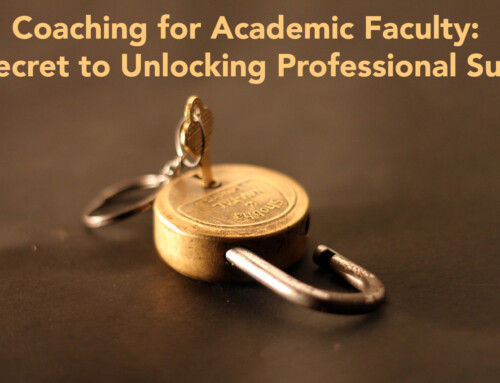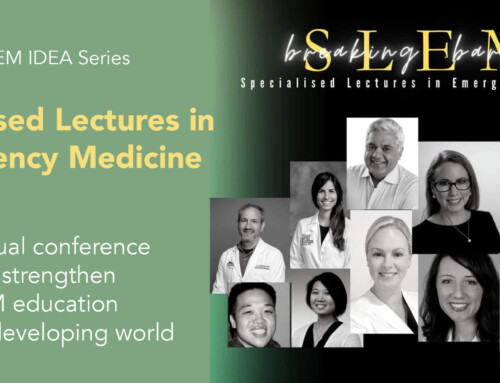 What exactly do ED attendings do on shift?
What exactly do ED attendings do on shift?
This novel prospective, time-motion study tracks the activities of ED attendings at 2 academic and 2 community sites. All sites used paper charting in the ED and computerized medical records for labs and radiology results.
METHODS
Trained observers recorded tasks in 1-minute increments over a 2-hour period. Three general categories were defined as:
- Direct patient care (lifting patients, bedside history/physical exam, direct interaction with patient, ordering tests or medications, interpreting ECG, performing procedures)
- Indirect patient care (charting, reviewing records, teaching learners, interpretation of diagnostic tests, talking with patient’s friends/family; interacting with nurses, paramedics, consultants, ancillary staff)
- Personal activity (waiting, eating, social conversation with colleague, surfing the internet)
- Listening to an overhead announcement
- Nursing inquiry about another patient
- Quick update from a learner
Also “breaks in task” were also tracked, as defined as an interruption that resulted in changing tasks. Examples included answering incoming telephone call, stoping a procedure to care for a cardiac arrest patient.
Additional data points tracked included:
- Distance walked
- Patients touched
- Handwashing
- Time sitting
- Maximum # of patients under care
RESULTS
There were 203 two-hour observation periods (160 at academic sites, 43 at community sites). A total of 85 physicians were observed.
- The majority of time was spent performing indirect patient care. The median time was 61 minutes (academic) vs 55 minutes (community) over the 2-hour period.
- The median time for direct patient care was 36 minutes (academic) vs 41 minutes (community).
- The median number of different individuals interacted with was 35 (academic) vs 23 (community). Wow, we really do interact with a lot of people in a 2-hour period. I just never realized.
- Hand-washing occurred a median of 2 times at both the academic and community sites.
- Physicians walked a median of 0.3 miles (academic) vs 0.17 miles (community). I can definitely attest to all the walking, since I wore a pedometer several years ago. I used to walk over half a mile per 8-hour shift.
BOTTOM LINE
The data from this study provide many interesting discussion points. For instance, emergency physicians need to have strong communication skills, since we interact with so many different individuals. Furthermore, it would be interesting to repeat this study with the implementation of an electronic medical record system in the ED. Would it decrease some of the inefficiencies?
 Interruptions are definitely a part of our everyday lives when working the ED. It’s more frequent in an academic institution, presumably because we work with medical students and residents who have questions and updates. Because interruptions are associated with a higher risk for medical errors, greater stress levels, and impaired task performance, we need to teach attendings (and EM residents) how to minimize and cope with interruptions. It would be great if we could wear a “Do NOT Disturb” hat when we are already overwhelmed.
Interruptions are definitely a part of our everyday lives when working the ED. It’s more frequent in an academic institution, presumably because we work with medical students and residents who have questions and updates. Because interruptions are associated with a higher risk for medical errors, greater stress levels, and impaired task performance, we need to teach attendings (and EM residents) how to minimize and cope with interruptions. It would be great if we could wear a “Do NOT Disturb” hat when we are already overwhelmed.
Kudos to the research team for coordinating and completing such a Herculean study. Can you imagine following attendings around for a total of 406 hours and tracking minute-to-minute activities?
Reference
Chisholm CD, Weaver CS, Whenmouth L, Giles B. A Task Analysis of Emergency Physician Activities in Academic and Community Settings. Annals of emergency medicine. 2011 – in press. PMID: 21276642.




